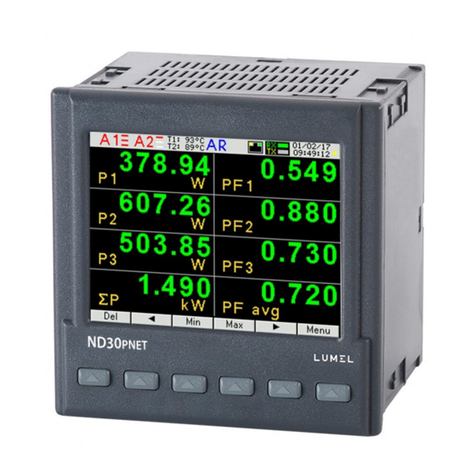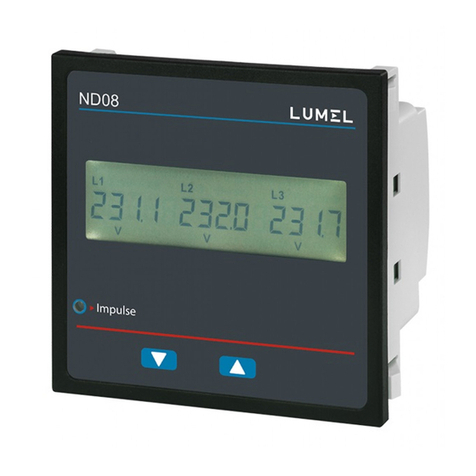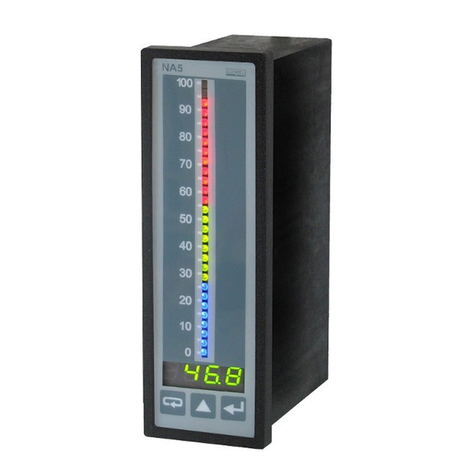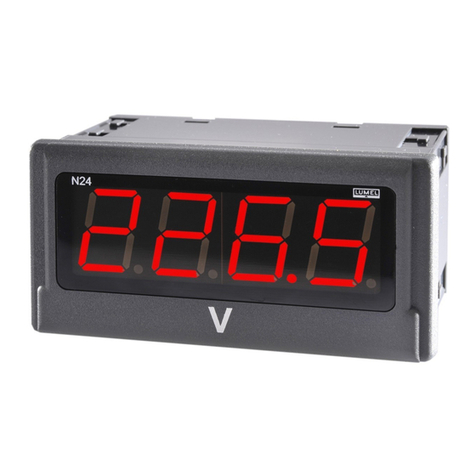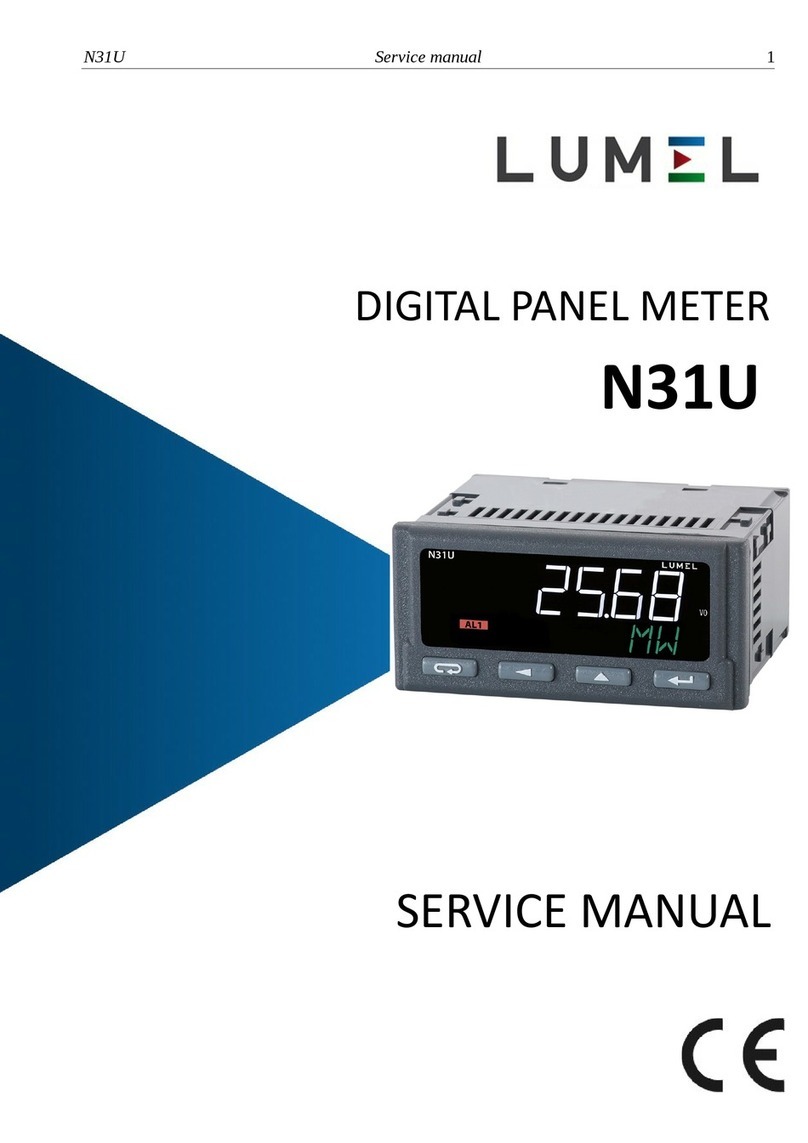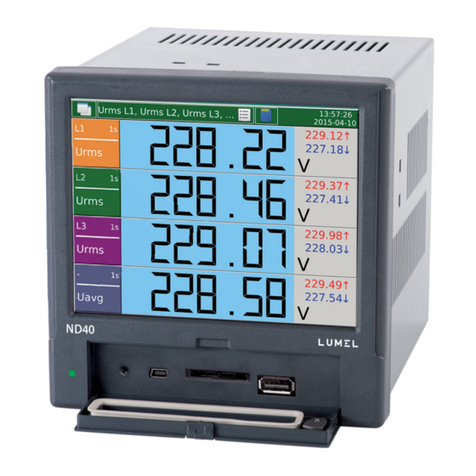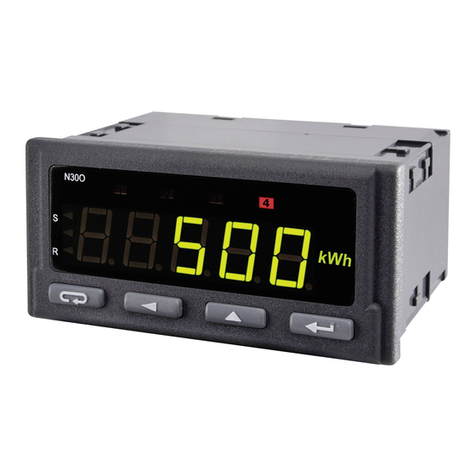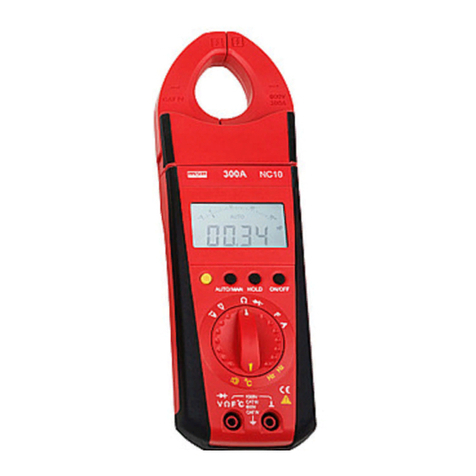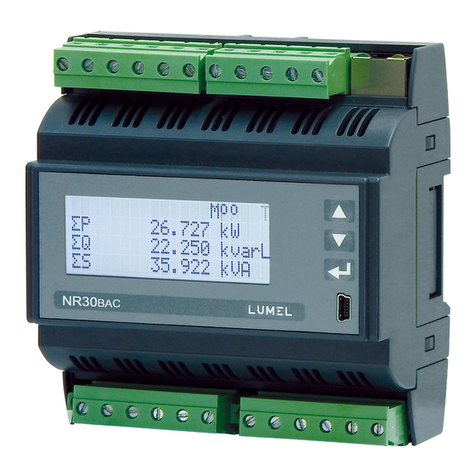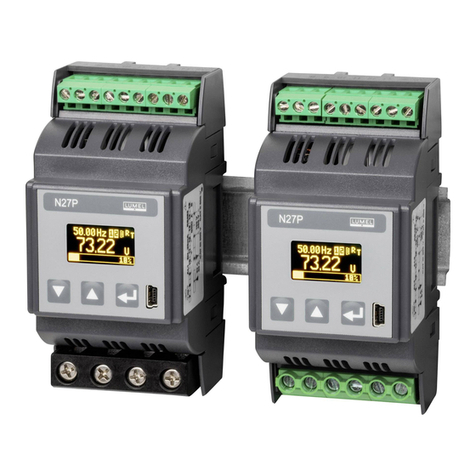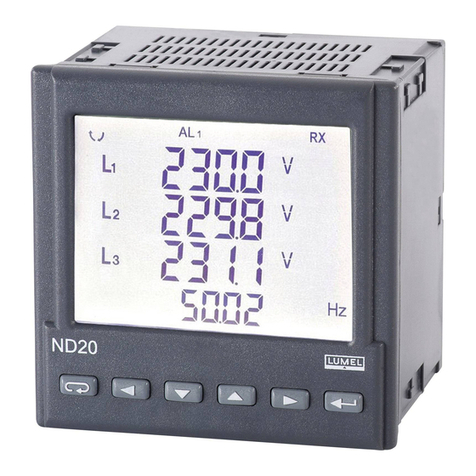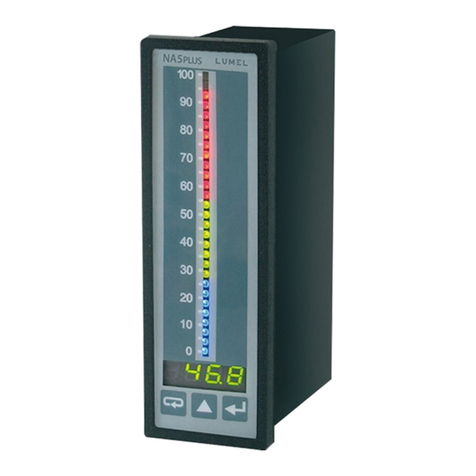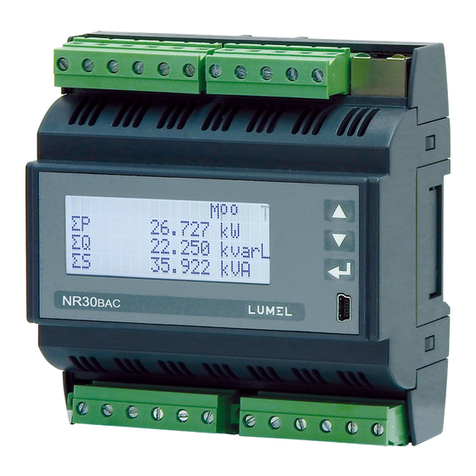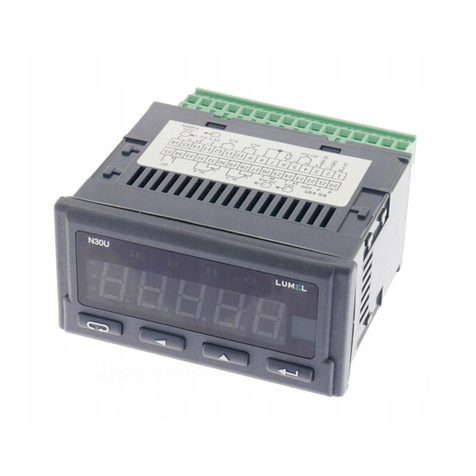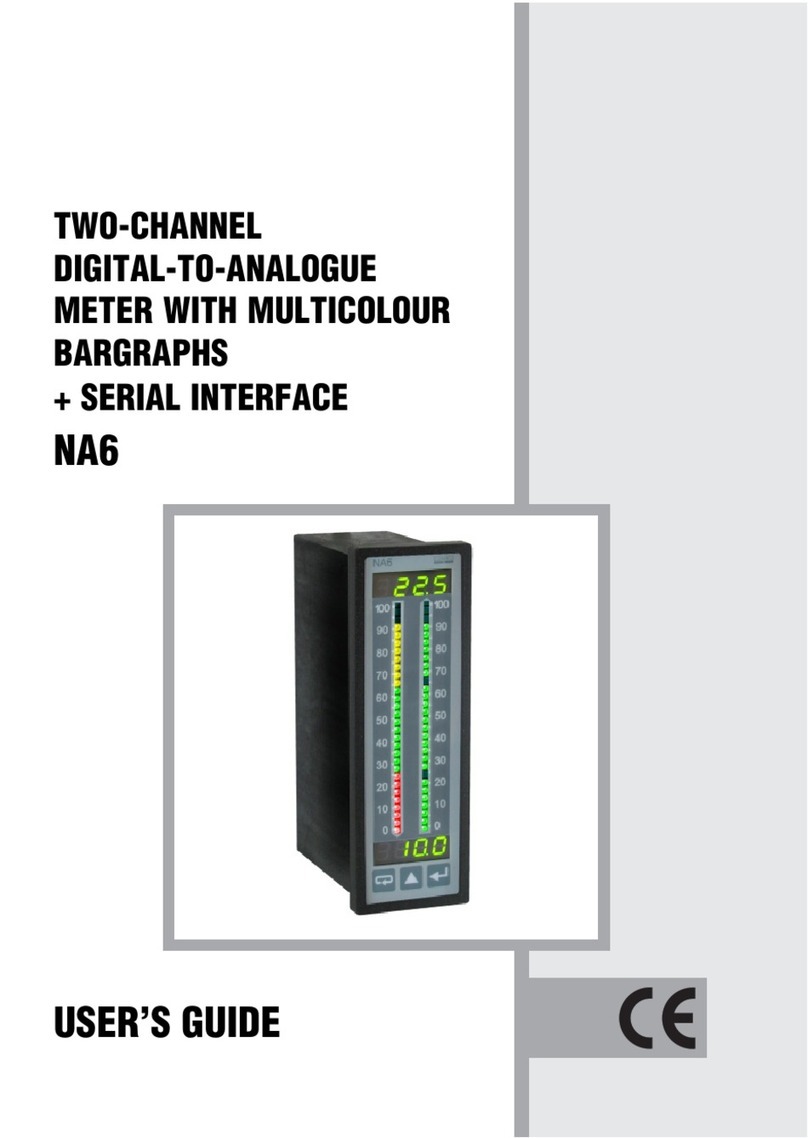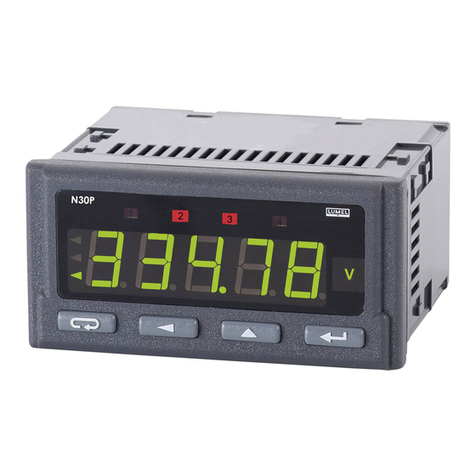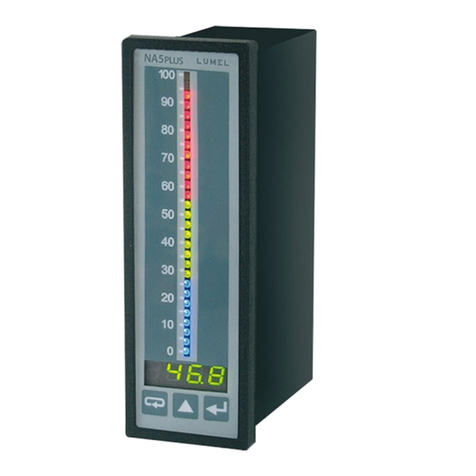N32P-09 User's manual 2
Contents
1 Application.......................................................................................................................................3
2 Meter set...........................................................................................................................................5
3 Basic requirements, operational safety.............................................................................................5
4 Installation........................................................................................................................................6
4.1 Installation method...................................................................................................................6
4.2 xternal connection diagram....................................................................................................7
5 Service............................................................................................................................................10
5.1 Description of the frontal plate...............................................................................................10
5.2 Buttons' functions...................................................................................................................12
5.3 Programming meter parameters..............................................................................................13
5.3.1 How to change quantity of a selected parameter............................................................15
5.3.2 Programmable meter parameters, default parameters.....................................................16
5.4 Meter functions.......................................................................................................................22
5.4.1 Measurement...................................................................................................................22
5.4.1.1 Averaging the measuring quantities.........................................................................23
5.4.1.2 Minimum and maximum measuring values............................................................24
5.4.2 Analog output..................................................................................................................25
5.4.3 Alarm outputs..................................................................................................................26
5.4.4 Binary output...................................................................................................................27
5.5 RS-485 interface.....................................................................................................................28
5.5.1 Connection......................................................................................................................28
5.5.2 Description of the MODBUS protocol implementation.................................................29
5.5.3 Implemented functions of MODBUS protocol...............................................................29
5.5.4 Map of the registers.........................................................................................................30
5.5.4.1 Registers 3000 – 3127.............................................................................................30
5.5.4.2 Registers 4000 – 4054.............................................................................................31
5.5.4.3 Registers 4200 – 4261.............................................................................................36
5.5.4.4 Registers 7500 – 7559 and 7000 – 7119.................................................................38
5.5.4.5 Registers 7600 – 7677 and 7200 – 7355.................................................................40
6 rror codes......................................................................................................................................41
7 Technical data.................................................................................................................................42
8 Ordering code.................................................................................................................................45












